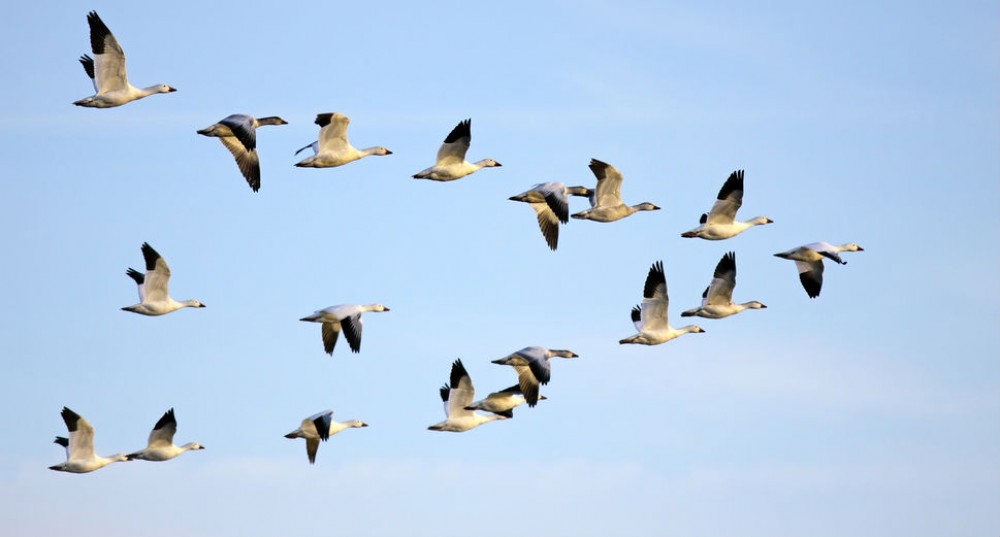Emerging arbovirus infections have become a new normal for the Americas in the last 15 years. As we think about public health emergency preparedness and the Global Health Security Agenda for 2017, we now need to add Mayaro virus infection to the growing list of emerging arbovirus diseases. Mayaro virus is an alphavirus and a member of the Togaviridae family, originally isolated in the 1950s. It is surmised that the emergence of Mayaro virus infection might follow a similar path as the infections by Chikungunya e Zika virus.
Is Mayaro virus infection the latest in a series of new arbovirus diseases expanding across the Western Hemisphere?
In the Amazon and other tropical regions of South America, Mayaro virus is mostly transmitted by Haemogogus mosquitoes and likely involves forest-dwelling nonhuman primates and possibly migratory birds as animal reservoirs, even though available data are so far relatively scarse. However, the urban mosquito Aedes aegypti might be an additional vector for Mayaro virus, as suggested by the fact that the virus was recovered from an 8-year-old boy in a semirural area close to Haiti. Of note, the patient was found to be coinfected with dengue virus.
In 2015, 77 cases of Mayaro virus infection were reported in Venezuela, raising concerns that Mayaro virus could become an important emerging pathogen in South America. It remains to be established if there have been any significant ecological changes associated with the Venezuelan outbreak or whether the findings reflect improvements in pathogen surveillance technologies.
PLoS Negl Trop Dis. 2017 Aug 31;11(8):e0005462. eCollection 2017 Aug.
Dengue, West Nile virus, chikungunya, Zika-and now Mayaro?
Hotez PJ, Murray KO



